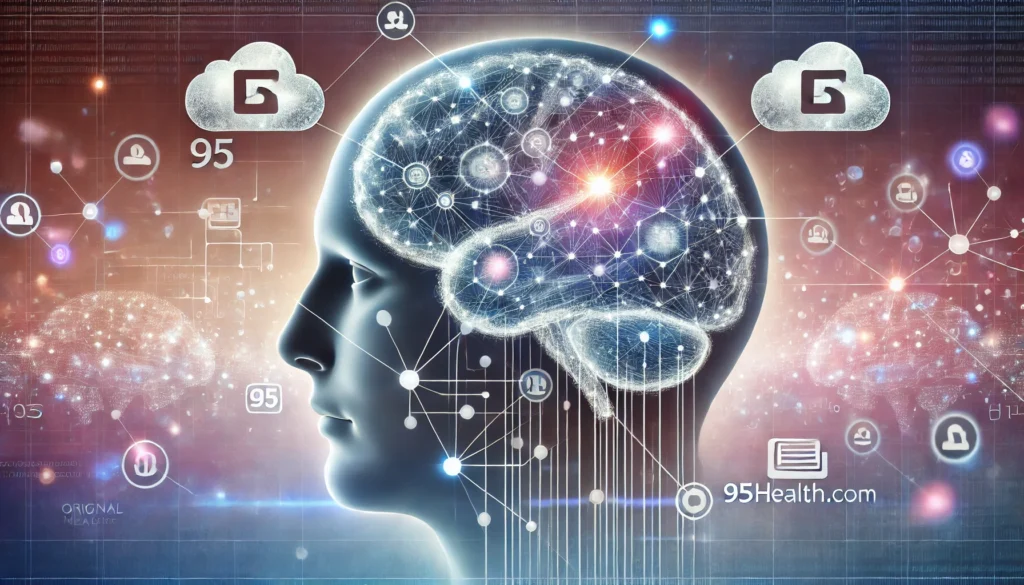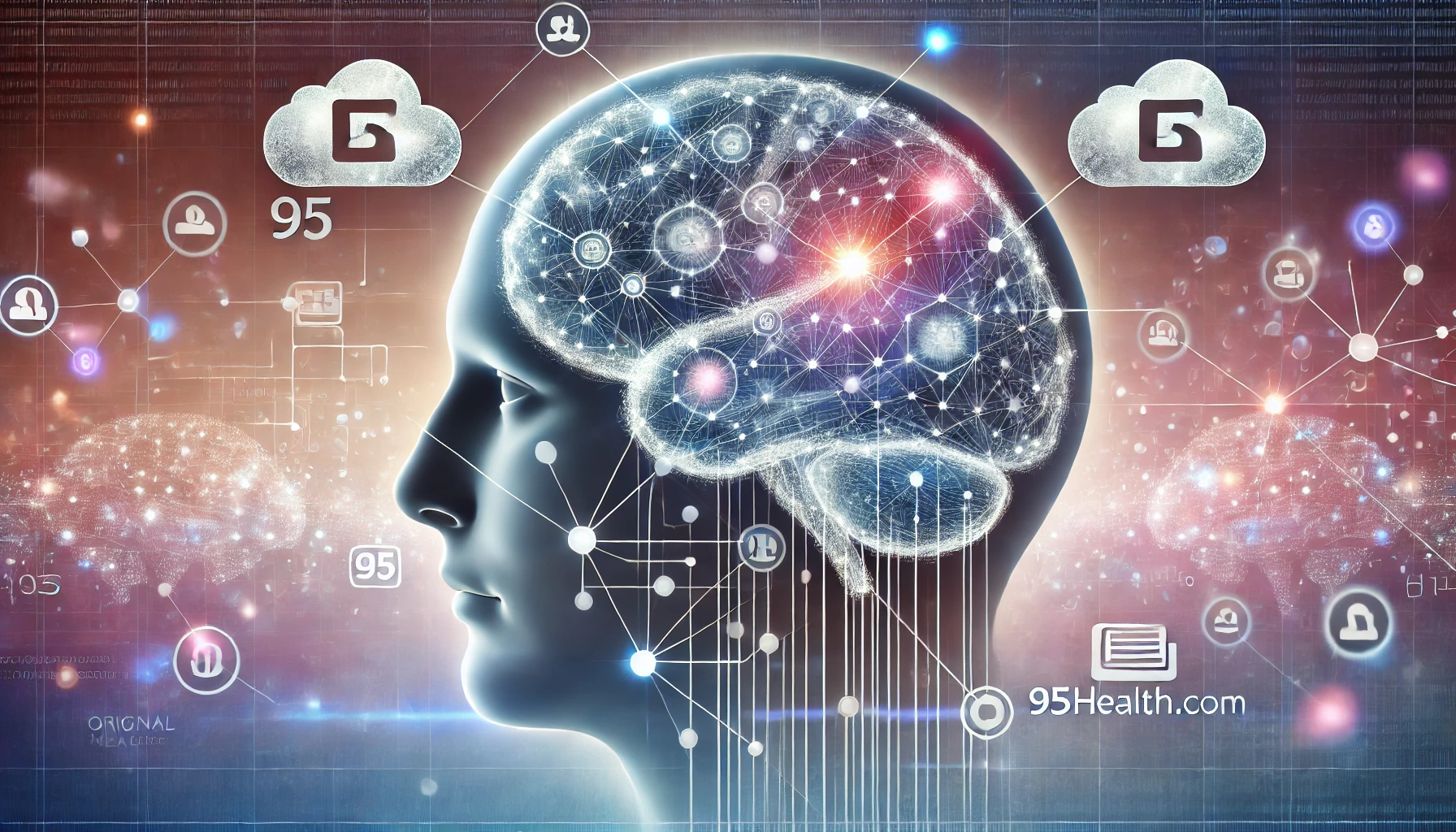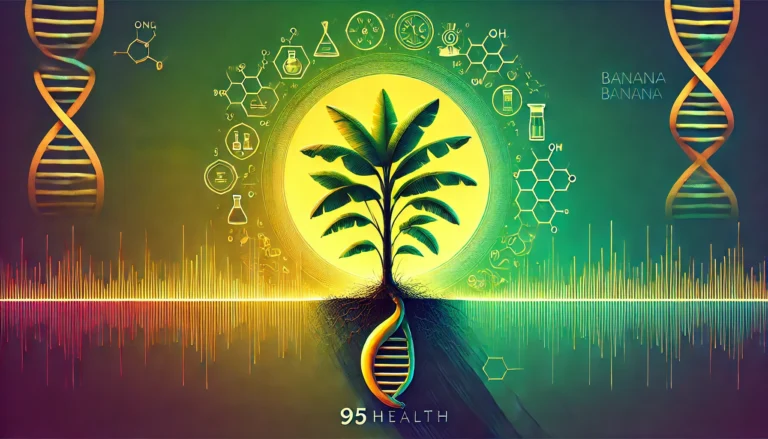How Our Brain Stores Multiple Copies of Memories
The brain is a phenomenal organ that regularly accumulates and interprets enormous volumes of data. Recent research has revealed a fascinating insight: the nervous system preserves no less than three iterations of each memory. We can better interpret the formation and storage of memories thanks to this breakthrough.
In the past scientists thought that memories existed in a solitary place in the brain. New findings propose an alternative view. Each memory has different versions stored in different parts of the brain. This multi-replication system guarantees that memories retain their durability and can be recovered when a section of the brain is affected.
These multiple copies play distinct roles:
- Initial Encoding: The hippocampus produces the initial memory as an important area for building new memories. This version serves as a short-lived one that enables quick remembering of recent details.
- Consolidation: With time passing by the brain deposits this information in the neocortex and generates a second version. When the hippocampus transfers to the neocortex it transforms short-lived memories into enduring ones that remain intact.
- Redundancy Storage: An extra copy might be located throughout the neocortex as protection for the memory should other regions become impaired.
Why the Brain Needs Multiple Copies
Numerous memory copies may appear to be unnecessary; nevertheless they provide essential resilience. By allocating memories to multiple brain regions the mind protects itself from memory failure linked to trauma or health issues. When the hippocampus fails to work properly the brain can still access information from the neocortex.
Furthermore,multiple memories increase information processing effectiveness and retrieval. To reconstruct the original event with precision and clarity the brain employs different copies of memory.
Read more: Scientists Create Mammary Glands in a Dish to Study Lactation

Scientific Evidence Supporting Multi-Copy Memory Storage
New studies using cutting-edge imaging methods have revealed strong proof of this multiple storage system. Research indicates that when people remember specific memories several areas in the brain activate this suggesting the existence of memories in diverse places. This network of activation backs the belief that the brain utilizes multiple memory traces rather than a single one to form memories.
Experiments with participants who have suffered brain injuries indicated that individuals can often retrieve information through distinct regions when a specific memory area is compromised.
Read more: Unveiling the Secret Switch in Bacteria that Evades Antibiotic Detection
Memory Storage in the Brain
Implications for Neuroscience and Medicine
Realizing that the brain retains multiple types of memories presents important consequences for neuroscience and medicine. This understanding might guide the creation of fresh therapies aimed at improving memory disorders such as Alzheimer’s disease.
New findings about memory storage might drive the creation of treatments and tools designed to boost memory strength and recall for individuals facing memory challenges or seeking to raise cognitive abilities.
Read more: The Potential “Banana Apocalypse” and How Science Could Save Our Favorite Fruit
Key Participants: Business Address & Website
nih.gov
cdc.gov
livescience.com






This article provides a fascinating insight into how our brain can store multiple copies of memories. It’s amazing to learn about the intricate processes our brain undergoes to preserve memories, especially under different contexts or scenarios. Understanding these mechanisms not only highlights the complexity of our mind but also opens doors for advancements in memory-related treatments and cognitive therapies. Thanks for shedding light on this intriguing topic!